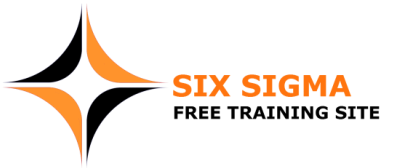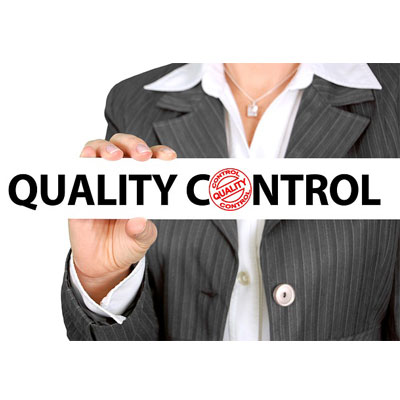Cost Of Poor Quality (COPQ) Explained
The cost of poor quality (COPQ) refers to the costs that are linked to offering poor quality services and products. The cost of poor quality can be divided into four different categories: the internal failure costs, the external failure costs, the appraisal costs, and the prevention costs. The internal failure costs are usually associated with the defects that are found on the products and services before they reach the customers. The external failure costs are related to the costs that your company has when the product or service reaches the customer with a defect. The appraisal costs are the costs that your business incurs in order to check the actual quality of the product or service according to some pre-specified degree. Lastly, the prevention costs are the costs are the costs that you need to have to prevent both appraisal and failure costs to a minimum acceptable.
By knowing the cost of poor quality, you can establish some potential savings that you can have if you improve some of the processes. Let's take a deeper look at each one of the four categories:
By knowing the cost of poor quality, you can establish some potential savings that you can have if you improve some of the processes. Let's take a deeper look at each one of the four categories:
#1: Prevention Costs:
These are the costs that you need to incur to make sure that you avoid or prevent any quality problems. This cost of quality is usually associated with the implementation, design, and even the maintenance of the quality management system. You usually have these costs even before you start the real operation.
#2: Appraisal Costs:
The appraisal costs are mainly related to the monitoring and measuring of the activities related to the quality of the services and products. This category of the cost of poor quality can include the verification, like checking the process setup or the incoming material; supplier rating, when you rely on your suppliers to assess and approve the quality of the products and services; and quality audits, that is a way to guarantee that the quality system is working well.
#3: Internal Failure Costs:
These costs are incurred when you discover some defect on your services and products before you hand them to your customers. This cost of quality usually includes the scrap, which is the material that has a defect that can not be repaired or sold; the waste, when an unnecessary action exists that is due to poor communication, errors, or poor organization; the rectification or rework, that include the correction of the materials that have defect; and the failure analysis, which you need to perform to understand the cause of the internal failure and be able to solve it.
#4: External Failure Costs:
When the customers are the ones who discover that the services or products that you're offering have a defect, this is included on the external failure costs category. These can include complaints, with all the costs related to the handling and servicing the complaints; warranty claims, when you need to replace the product or service that is still under a guarantee; servicing and repairs, not only of the ones that are returned by customers but of the ones that are still in your hands; the returns, which include the investigation and handling of all the rejected products and services, including the costs of transportation.
As you can see, when you follow the Six Sigma process in your business, having a good and well-detailed cost of poor quality is one of the best things you can have. Besides you can use other tools, there’s no doubt that the cost of poor quality will give you a great insight about what’s working well and what can improve inside your business. If you're still not comfortable with Six Sigma, make sure that you check the free Six Sigma preparation online resource at www.sixsigmatrainingfree.com.
As you can see, when you follow the Six Sigma process in your business, having a good and well-detailed cost of poor quality is one of the best things you can have. Besides you can use other tools, there’s no doubt that the cost of poor quality will give you a great insight about what’s working well and what can improve inside your business. If you're still not comfortable with Six Sigma, make sure that you check the free Six Sigma preparation online resource at www.sixsigmatrainingfree.com.

